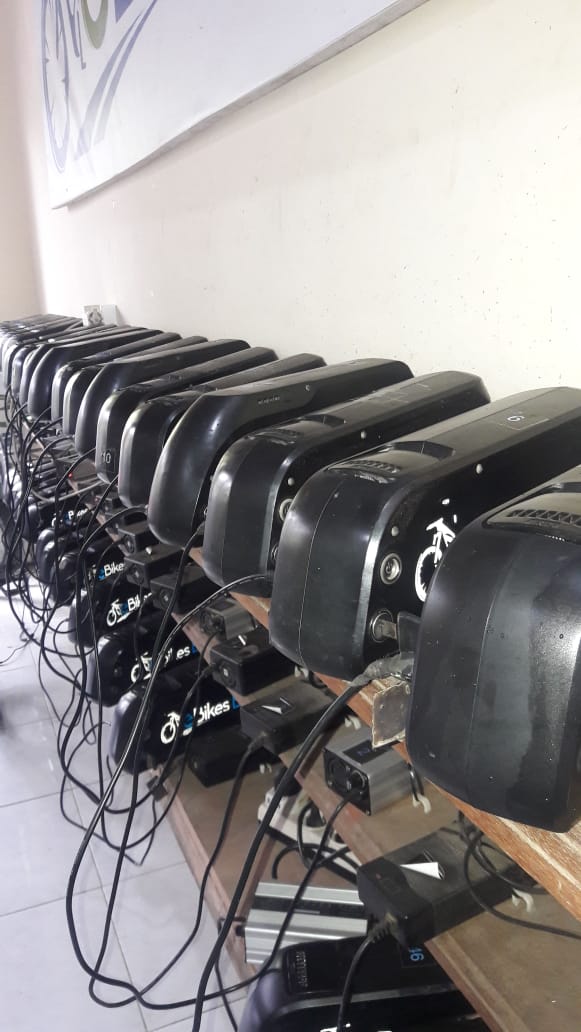I'm not suggesting that you take out a huge loan and build a state of the art battery facility immediately, but...perhaps each week you should take a few steps in the right direction. First, get a cheap $20 IR "no contact" pistol thermometer, Heres a random link
https://www.ebay.com/p/Etekcity-Las...meter-Temperature/2254419320?iid=202203917271
and also a cheap FLIR, which uses your phone as the screen. Not necessarily this one, but here is quick $300 google result...
https://www.ebay.com/p/Flir-One-Pro-LT-Pro-Grade-Thermal-Camera/22030648463?iid=362540982275
When a new pack has been working fine for a few weeks, we can assume that it doesn't have any glaring manufacturing defects. So if one of them catches on fire, what is happening inside? Heat expansion and cooling contraction can eventually cause one of the bus spot-welds to crack off, causing the remaining spot-welds to carry more current than before, leading to hot spots (each end of an 18650 typically has four spot-welds).
Vibration over time can cause a break-through on the internal insulation layers, allowing some part to short. The more vulnerable part is the shoulder of the positive end. The entire bottom and sides are charged with the negative electrode, and there is only a small gap at the positive end between the two electrodes. If there is insufficient protection in that particular spot on every cell, one of them could suffer a catastrophic short, which would cause every cell in that P-string to short and go off (these packs are likely 4P).
When the internal separator between the rolled-up anode and cathode sheets has shrivelled up, it's as if that cell has been suddenly replaced by a fat copper wire. That's why the entire P-group begins feeding the fire. If the rest of the pack goes up, it will simply be from heat because that 4P string is so close to the rest while it is burning. Too much heat causes the electrolyte to boil off into a gas.
https://www.electricbike.com/inside-18650-cell/
There are several failure modes where the one bad pack will be running hot and charging hot, long before it dies. Its trying to warn you in the only way that it can. They will all get warm, but if three out of 20 are noticeably warmer than the rest, you know what to do. If you really need to keep them for a while, run an extension cord outside to charge the hot three packs out there, and unplug them when you leave for the day.
The first time you decide to retire a pack, dissect it, since I suspect you made a bulk purchase from the same supplier, and the rest are likely identical.





